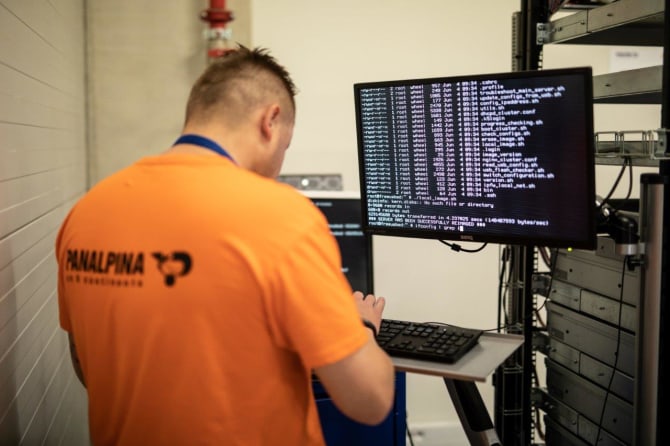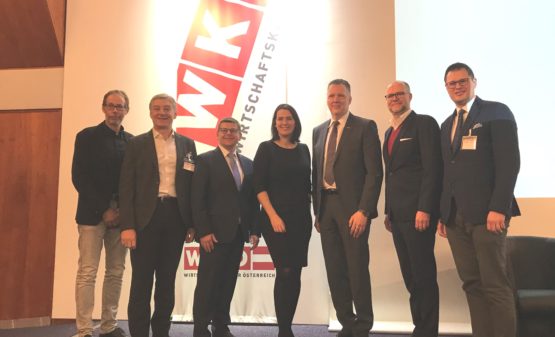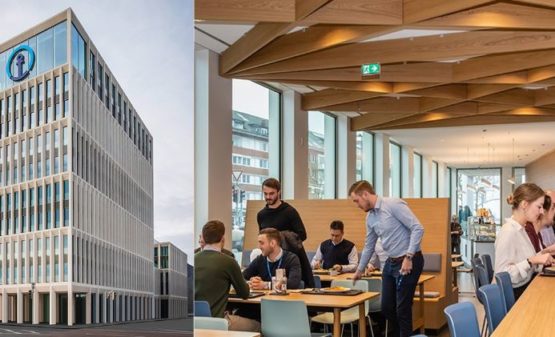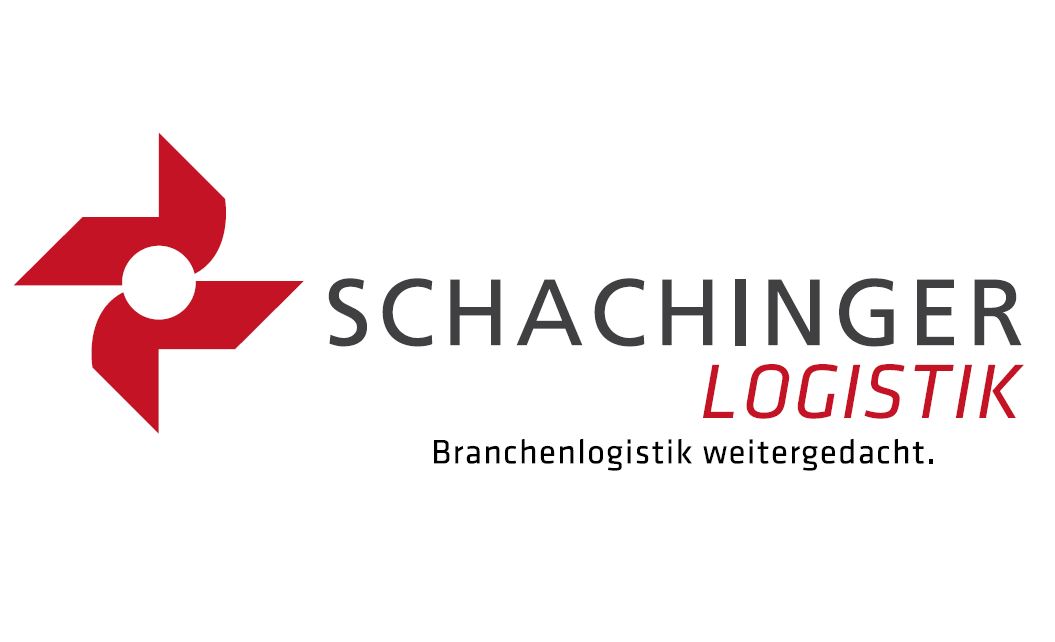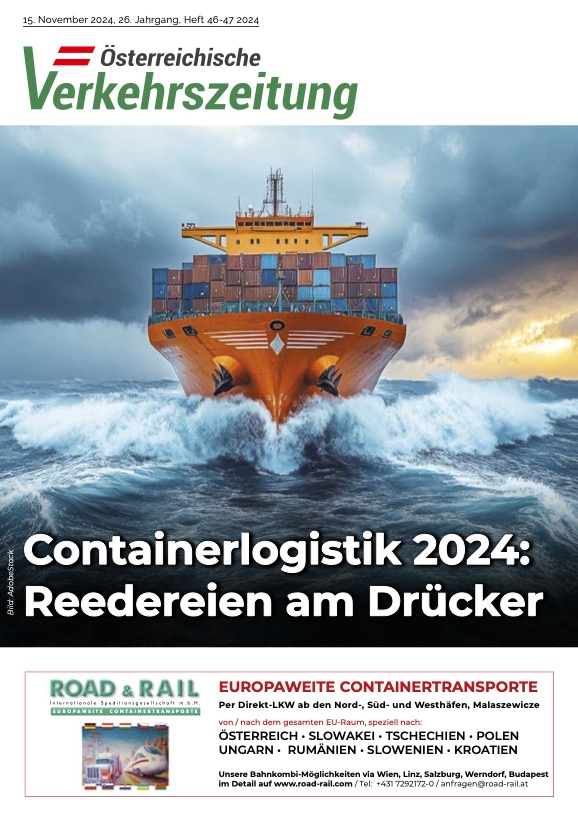Being digital on a global scale is only possible with having an armada of physical servers and switches to channel all the data. The pioneer of Logistics Manufacturing Services (LMS), Panalpina has scored another industry first by offering inventory procurement and ownership, a model of value-added reselling, to high-tech companies as part of its growing LMS offering.
With inventory procurement and ownership, Panalpina in effect takes inventory off customers. It buys materials, components and products from original equipment manufacturers (OEMs), plans and manages assembly and configuration, uploads and tests software, then sells the finished products and ships out to final destinations.
Customers benefit from Panalpina’s extended purchasing power and sourcing from a vast network of suppliers. They do not have to carry excess cost due to overstock, because a reliable partner is buying and managing inventory for them.
“We use our worldwide network and our manufacturing expertise to source, assemble, configure, test and deliver on demand globally. This significantly reduces lead times for our customers, as well as the total cost of ownership in the supply chain,” explains Mike Wilson, Panalpina’s global head of Logistics and Manufacturing.
This model of procurement and ownership works particularly well in the high-tech sector with its short product life cycles. Corporate data centers are usually built from products that are highly optimized for certain functions such as data storage or routing. In the constant race to reduce lead times, the most efficient way to roll out data services is to provide rack-based servers that are ready for installation.
Panalpina has made inventory procurement and ownership real by managing the entire supply chain of a high-tech customer’s enterprise servers. Started in 2018, volumes are now ramping up, with Panalpina handling thousands of servers through its new facility in Prague.
On behalf of a known social media company, Panalpina buys diverse materials directly from suppliers – servers, USB devices, cables from Hong Kong, switches from the Netherlands. The inbound materials are processed, assembled, configured and tested, then shipped outbound across Europe and to worldwide destinations.
“Buying components used for manufacturing and managing inventory are one end of a product’s lifespan,” explains Wilson. “At the other end are remanufacturing, repairs and returns. Panalpina aims to become an indispensable partner for its customers by managing not just supply chains, but product life cycles in an increasingly circular economy. That’s where we can truly unlock value.”


